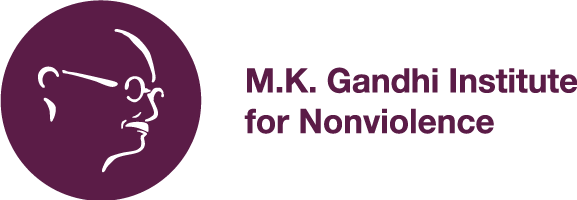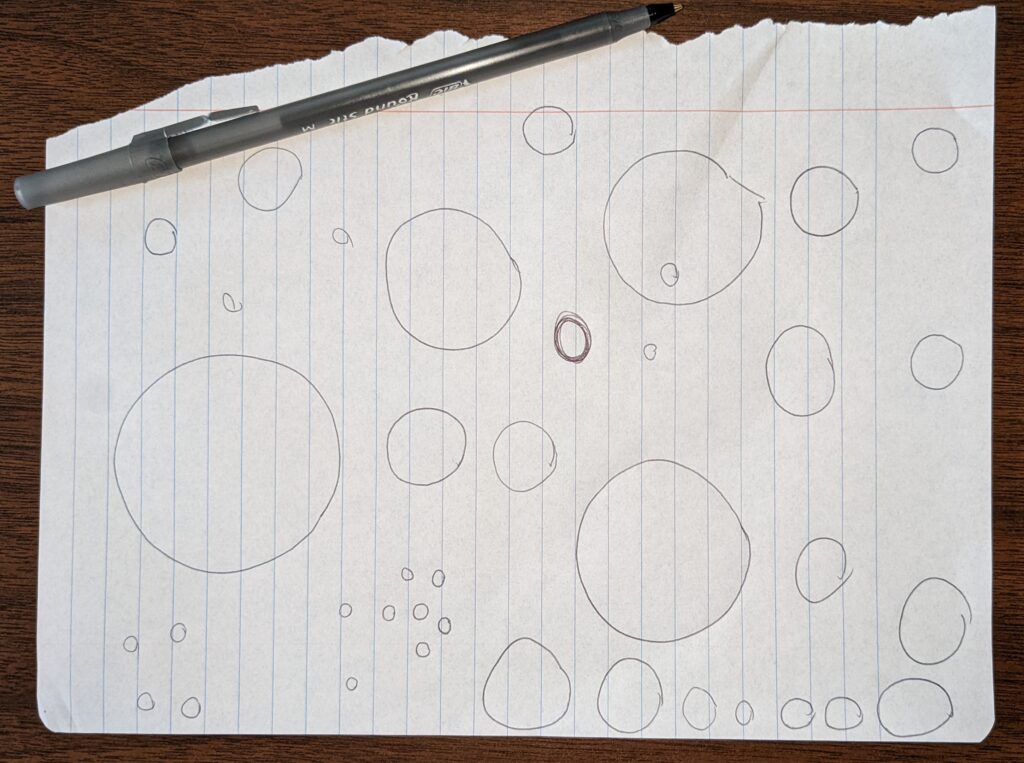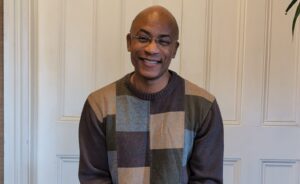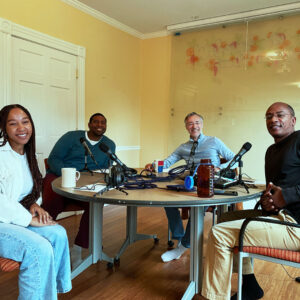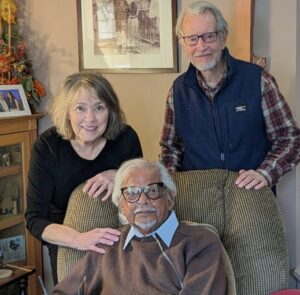When I’m getting to know someone, I like to ask them the question, “What were you like in middle school?” I like this question because it helps me learn about different sides of people that I wouldn’t necessarily learn about in day-to-day conversation. When I think about my middle school self, I remember being obsessed with drawing the perfect circle. At some point in 7th grade, my math teacher, Jim, told us it was impossible to freehand a perfect circle. When my middle school ears heard the word impossible, they perked up. I said, “Game on, Jim,” and spent the next two months filling page after page with attempts at a perfect circle. I don’t think I ever proved Jim wrong, and eventually my interest in drawing a perfect circle faded.
Today, circles have a much different role in my life. When I think about my life today, the first circle that pops up is my family circle. Inside that circle are my parents and my brother. There’s also my circle at the Gandhi Institute. This circle includes my coworkers, our board members, our volunteers, and community members. Another important group for me is my circle in Rochester. That circle contains the people and animals that I love and that support me in Western NY.
Each of these circles includes things and people that I love, and I’d be upset if something bad happened to someone inside those circles. However, just like any other shape, circles are self-contained. There is a clear line that separates what is inside and outside a circle. I feel less upset when bad things happen to people outside my circles because I don’t have as much of a connection to them. To me, this realization is important, because when we are less likely to be upset about harm happening to someone or something, we open the door for violence to take root.
This is where Dr. King’s idea of the Beloved Community fits in. To me, the Beloved Community challenges us to draw a circle so big that it fits around the entire world. In the Beloved Community, our “us” circle includes everyone and everything. Everyone is in the “us” space, and no one falls into a “them” space. In the Beloved Community, we understand that when somebody else is harmed, we are also impacted by that harm. By deeply understanding our connection to everyone and everything, we leave less space for violence to take root.
Recently, I’ve been noticing many forces in my daily life that encourage me to shrink my “us” space and increase the number of people in my “them” space. These forces often rely on themes of scarcity, powerlessness, and separation. Right now, my challenge is to figure out how I can resist those forces that encourage me to shrink my circle so I can better live up to Dr. King’s ideal of an “us” space that includes everyone and everything in this world, now and into the future.
